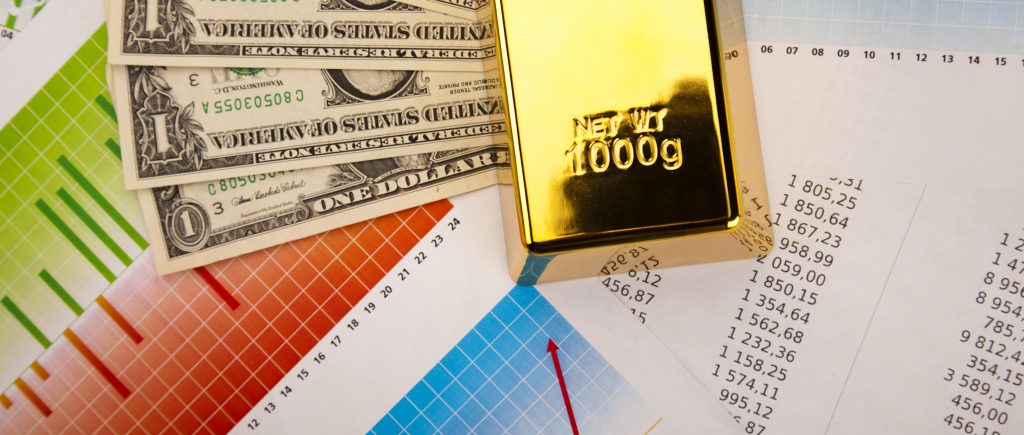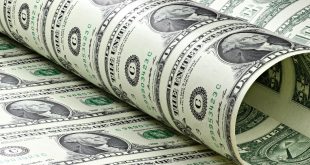Gold prices are clinging to the $3,300 mark as investors brace for the highly anticipated US Nonfarm Payrolls (NFP) report, set to release on Friday at 12:30 GMT. The precious metal, XAU/USD, remains under pressure from a robust US Dollar, which has gained momentum following the Federal Reserve’s hawkish decision to maintain interest rates in its July meeting. Coupled with solid US economic data, including strong GDP growth and persistent inflation, market expectations for a September rate cut have dwindled, keeping non-yielding assets like gold in a tight spot.
The US Dollar’s resilience, bolstered by upbeat macroeconomic indicators such as a 3.0% annualized GDP growth in Q2 and steady Core PCE inflation at 2.8% in June, continues to weigh on gold. A stronger dollar increases the opportunity cost of holding non-interest-bearing assets, capping gold’s upside potential. Despite a brief rebound from a one-month low on Thursday, gold struggled to maintain gains, slipping back below the psychological $3,300 level as market sentiment sours ahead of the NFP data, which is expected to show a modest 110,000 job gains for July, down from June’s 147,000.
Adding to the complex market dynamics, President Donald Trump’s recent executive order imposing new tariffs on imports from nearly 70 countries has reignited global trade tensions. With tariffs ranging from 10% to 41%, countries like India, Canada, and Brazil face significant impacts, while negotiations with China and Mexico remain unresolved. These trade uncertainties are providing some support for gold, often seen as a safe-haven asset, helping to limit its downside. However, rising US Treasury yields— with the 10-year at 4.39% and the 30-year near 4.93%—are adding further pressure on the precious metal.
As markets await the NFP report, alongside other key indicators like Average Hourly Earnings, the Unemployment Rate, and the ISM Manufacturing PMI, gold’s price action remains range-bound, reflecting investor caution. According to the CME Fedwatch tool, the odds of a September rate cut have dropped to 39%, down from 65%, signaling a shift toward a more cautious Federal Reserve stance. With tariff uncertainties and a strong US economic backdrop shaping sentiment, gold investors are left navigating a delicate balance between safe-haven demand and dollar-driven headwinds.

 Noor Trends News, Technical Analysis, Educational Tools and Recommendations
Noor Trends News, Technical Analysis, Educational Tools and Recommendations




